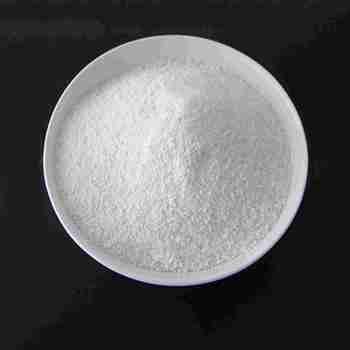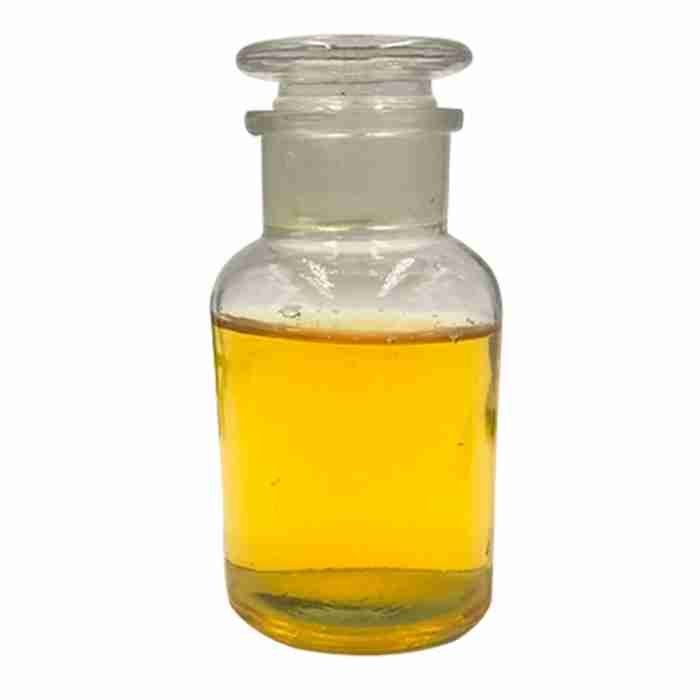Coconut oil monoethanolamide CAS# 68140-00-1
Coconut oil monoethanolamide (CAS 68140-00-1) is usually a white to light yellow flake or powder solid.
It has good thickening, foam stabilization, and decontamination properties. It is widely used in personal care and cleaning products such as detergents, shampoos, and shower gels.
For example, in some shampoo formulas, coconut oil monoethanolamide can increase the consistency of the product, making it easier for shampoo to adhere to the hair when used; in shower gels, it helps to produce rich, delicate and stable foam, enhancing the bathing experience.
发送询盘
Coconut oil monoethanolamide CAS# 68140-00-1
| Coconut oil monoethanolamide Basic information |
| Product Name: | Coconut oil monoethanolamide |
| Synonyms: | N-(Hydroxyethyl)amide coconut;coconut oil monoethanolamide;Coconut acid monoethanolamide (Detergent 6501;Coco fatty acid monoethanolamide;Amide, Kokos-, N-(Hydroxyethyl);CL237;Cocoyl Monoethanolamide;Net lotion, 6501 |
| CAS: | 68140-00-1 |
| MF: | C14H29NO2 |
| MW: | 0 |
| EINECS: | 268-770-2 |
| Product Categories: | Hair Care;Home Care;Skin Care |
| Mol File: | Mol File |
| Coconut oil monoethanolamide Chemical Properties |
| Melting point | 65 – 67oC |
| storage temp. | -20??C Freezer, Under inert atmosphere |
| solubility | Chloroform (Slightly), DMSO (Slightly), Methanol (Slightly) |
| form | Solid |
| color | White to Off-White |
| Odor | Bland |
| InChI | InChI=1S/C14H29NO2/c1-2-3-4-5-6-7-8-9-10-11-14(17)15-12-13-16/h16H,2-13H2,1H3,(H,15,17) |
| InChIKey | QZXSMBBFBXPQHI-UHFFFAOYSA-N |
| SMILES | C(NCCO)(=O)CCCCCCCCCCC |
| NIST Chemistry Reference | N-(2-hydroxyethyl)dodecanamide(68140-00-1) |
| EPA Substance Registry System | Coco ethanolamides (68140-00-1) |
| Safety Information |
| MSDS Information |
| Coconut oil monoethanolamide Usage And Synthesis |
| Uses | Coconut Oil Monoethanolamide can be used for cosmetic cleansing compositions that are free of sodium chloride and sulfate-based surfactants. |
| Definition | ChEBI: N-(dodecanoyl)ethanolamine is an N-(long-chain-acyl)ethanolamine resulting from the formal condensation of the carboxy group of dodecanoic acid (myristic acid) with the amino group of ethanolamine. It is a N-(long-chain-acyl)ethanolamine and a N-(saturated fatty acyl)ethanolamine. It is functionally related to a dodecanoic acid. |
- 2
- 2-diallylpent-4-en-1-amine
- 4
- 95-16-9
- Ammonium sulfamate
- Benzothiazole
- cas:67889-00-3ح2
- cas:83524-75-8 | pigment black 32
- cas:928836-00-4 | 2
- cas:932745-70-5 | 4
- Chemical Minerals
- Coconut diethanolamide
- Daily Chemicals
- discount
- for sale
- General pvc resin
- hexyl D-glucoside
- in stock
- Lauramidopropyl betaine
- LAURIC ACID MONOETHANOLAMIDE
- Petroleum Additives
- Plasticiser
- Ploymers
- price
- PVC
- quotation
- Raw Materal
- Remove term: Petroleum Additives Petroleum Additive
- SODIUM ETHYL 2-SULFOLAURATE
Related Products
Sodium Ethyl 2-Sulfolaurate is a surfactant with a unique combination of properties. It is an anionic compound, derived from the sulfonation of ethyl laurate, which is then neutralized with sodium hydroxide. This results in a product that is highly effective in lowering the surface tension of water, making it an excellent wetting agent and emulsifier. It is commonly used in personal care products, detergents, and industrial applications for its foaming and dispersing capabilities. As a mild and biodegradable ingredient, it is favored for its environmental and skin-friendly attributes, ensuring safety and performance in a variety of formulations.
Coconut diethanolamide is a derivative of coconut fatty acids, where the fatty acid is reacted with diethanolamine to form an amide. This compound is commonly used as an emulsifier and viscosity modifier in personal care products such as shampoos, conditioners, and creams. It imparts a smooth texture and enhances the stability of formulations. Coconut diethanolamide is valued for its ability to improve the foaming properties and skin feel of products, making it a preferred ingredient for creating luxurious and effective formulations in the cosmetics and personal care industry.
Decyl Glucoside is an eco-friendly, non-ionic surfactant derived from renewable resources. Renowned for its mildness and biodegradability, it is ideal for creating gentle, high-performing cleaning agents in personal care and household products. Its sustainable and effective nature makes it a preferred choice for green formulations.
Sodium Ethyl 2-Sulfolaurate is a surfactant with a unique combination of properties. It is an anionic compound, derived from the sulfonation of ethyl laurate, which is then neutralized with sodium hydroxide. This results in a product that is highly effective in lowering the surface tension of water, making it an excellent wetting agent and emulsifier. It is commonly used in personal care products, detergents, and industrial applications for its foaming and dispersing capabilities. As a mild and biodegradable ingredient, it is favored for its environmental and skin-friendly attributes, ensuring safety and performance in a variety of formulations.
Decyl Glucoside is an eco-friendly, non-ionic surfactant derived from renewable resources. Renowned for its mildness and biodegradability, it is ideal for creating gentle, high-performing cleaning agents in personal care and household products. Its sustainable and effective nature makes it a preferred choice for green formulations.
Product name:Cyclopentane
Purity:96%
Appearance:White powder
Package:25kg/bag
Sample:Available
Coconut Oil Monoethanolamide is a high-performance emulsifier derived from natural coconut oil. It is a key component in personal care and cosmetic formulations, providing excellent emulsifying properties and improving product texture. With its natural origin and superior performance, it is the preferred choice for creating stable and high-quality products.
Chemical Name: Arabic gum
CAS No.: 9000-01-5
Appearance: powder
Lauramidopropyl betaine is a mild, biodegradable surfactant commonly used in personal care products and cleaning formulations. It is derived from coconut oil and is known for its foaming and wetting properties, making it ideal for creating rich lathers. This ingredient is particularly favored for its gentleness on the skin and its ability to cleanse without causing irritation, making it suitable for sensitive skin types. It also contributes to the product’s viscosity and stability.
Chemical Name: Dehydrocholic acid
Synonyms: Acide dehydrocholique; Triketocholanic acid
CAS No.: 81-23-2
Molecular Formula: C24H34O5
Molecular Weight: 402.53
Appearance: Powder
Lauramidopropyl betaine is a mild, biodegradable surfactant commonly used in personal care products and cleaning formulations. It is derived from coconut oil and is known for its foaming and wetting properties, making it ideal for creating rich lathers. This ingredient is particularly favored for its gentleness on the skin and its ability to cleanse without causing irritation, making it suitable for sensitive skin types. It also contributes to the product’s viscosity and stability.
Chemical Name: 3-Hydroxybutyric acid
CAS No.: 625-71-8
Molecular Formula: C4H8O3
Molecular Weight: 104.1
Appearance: White powder














